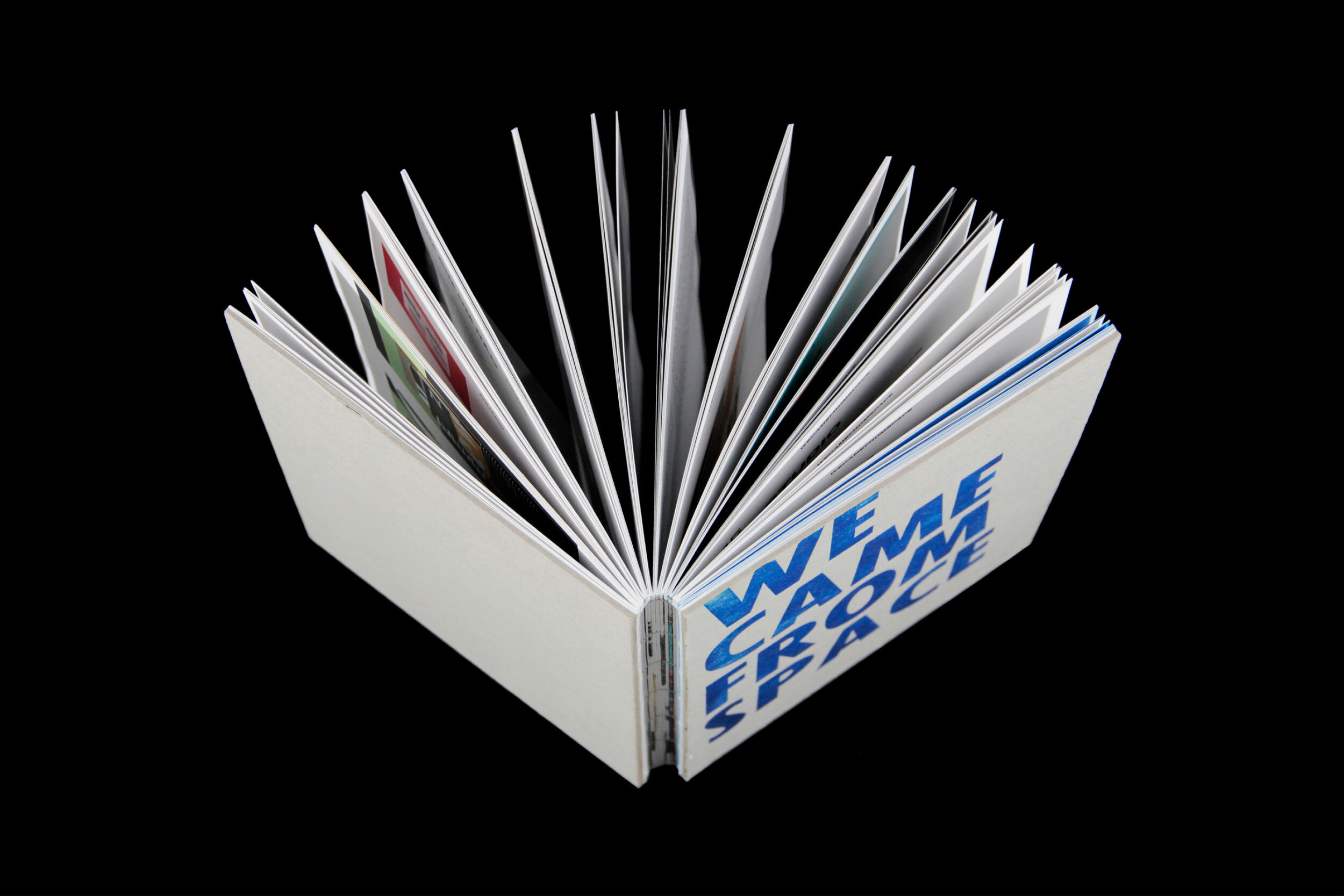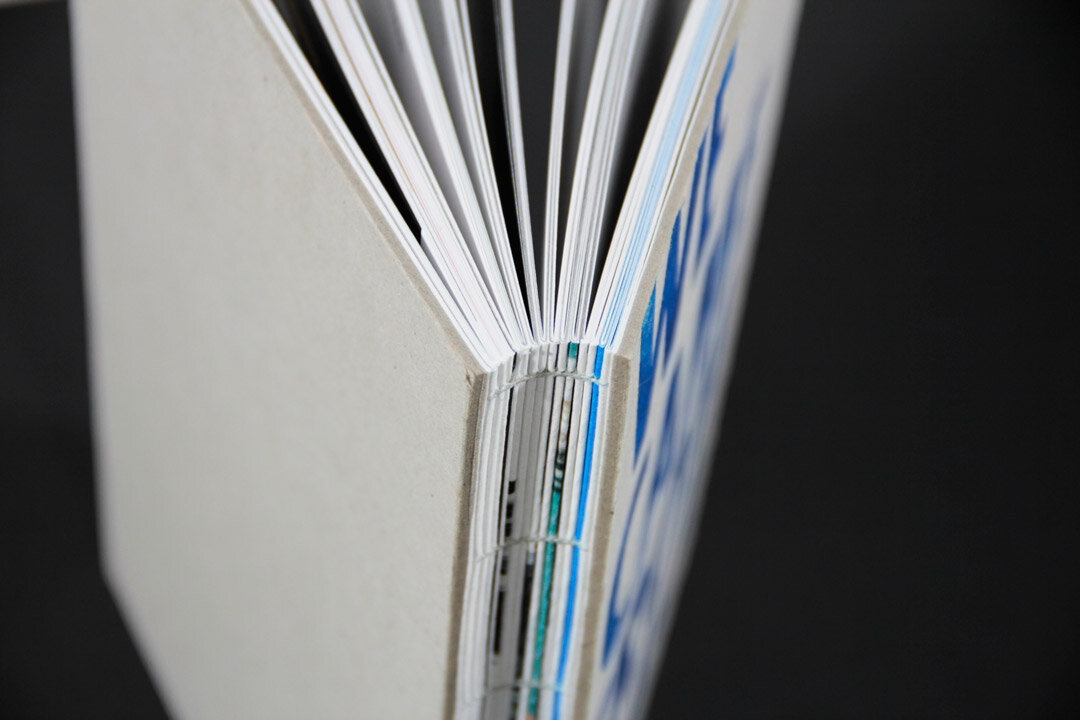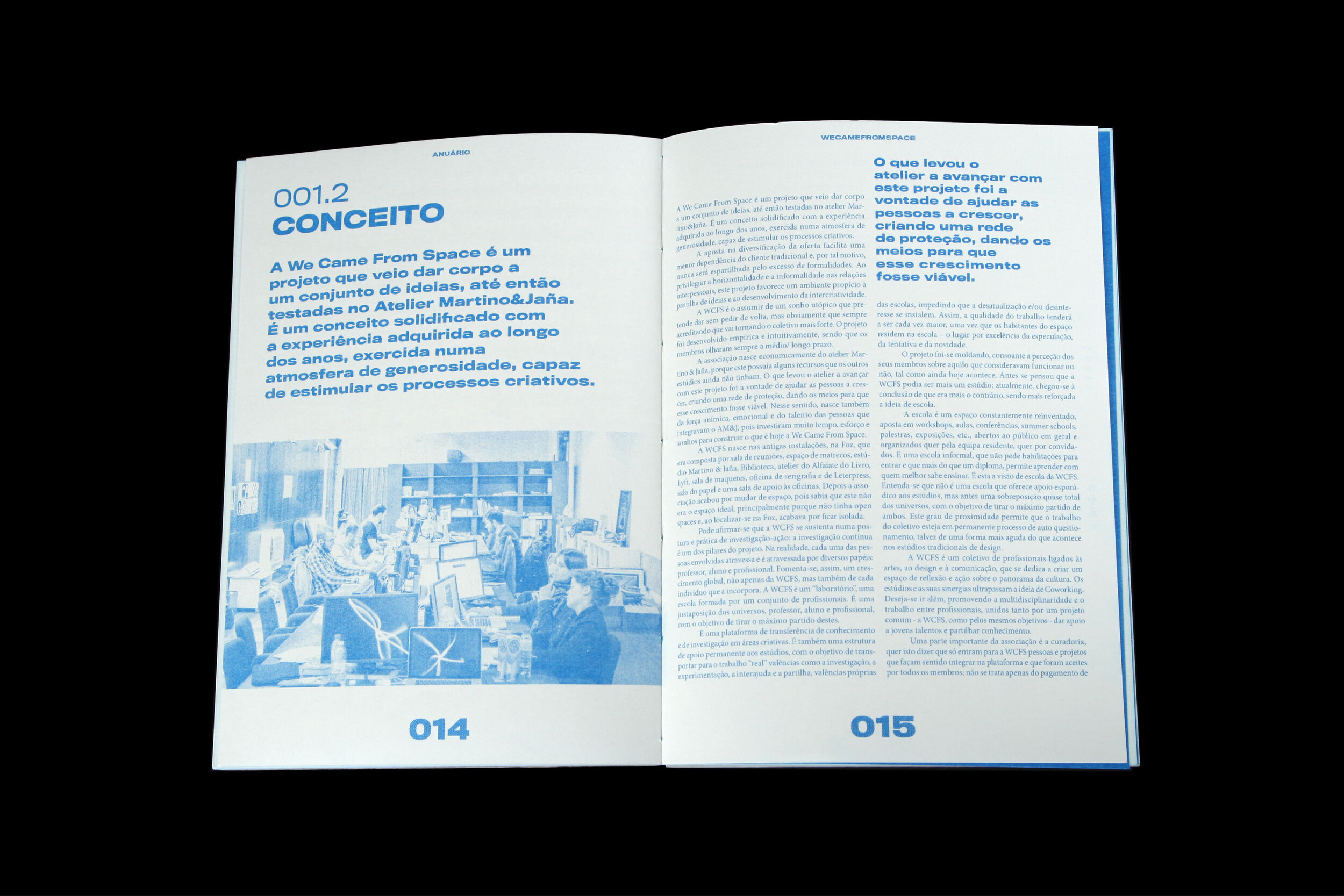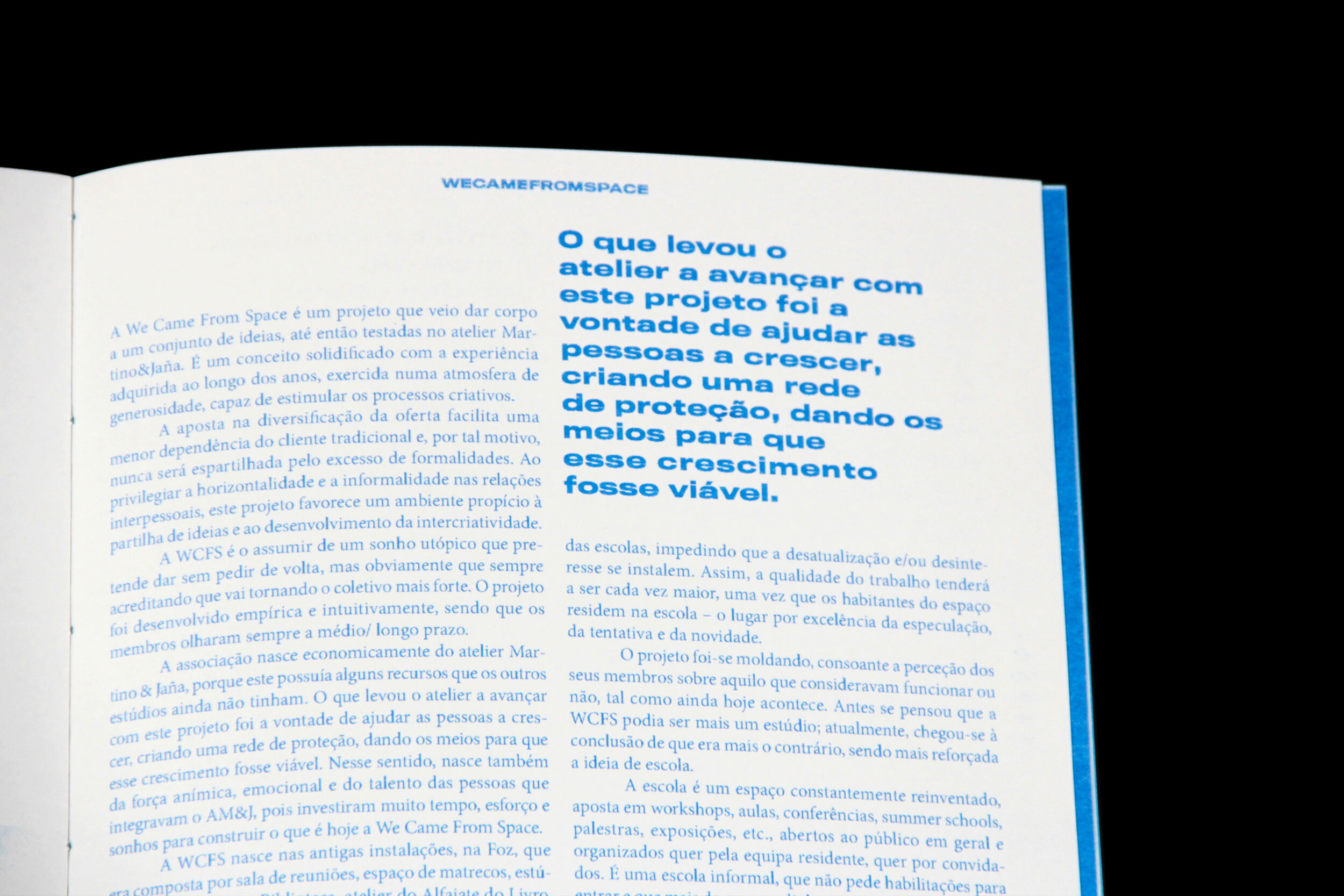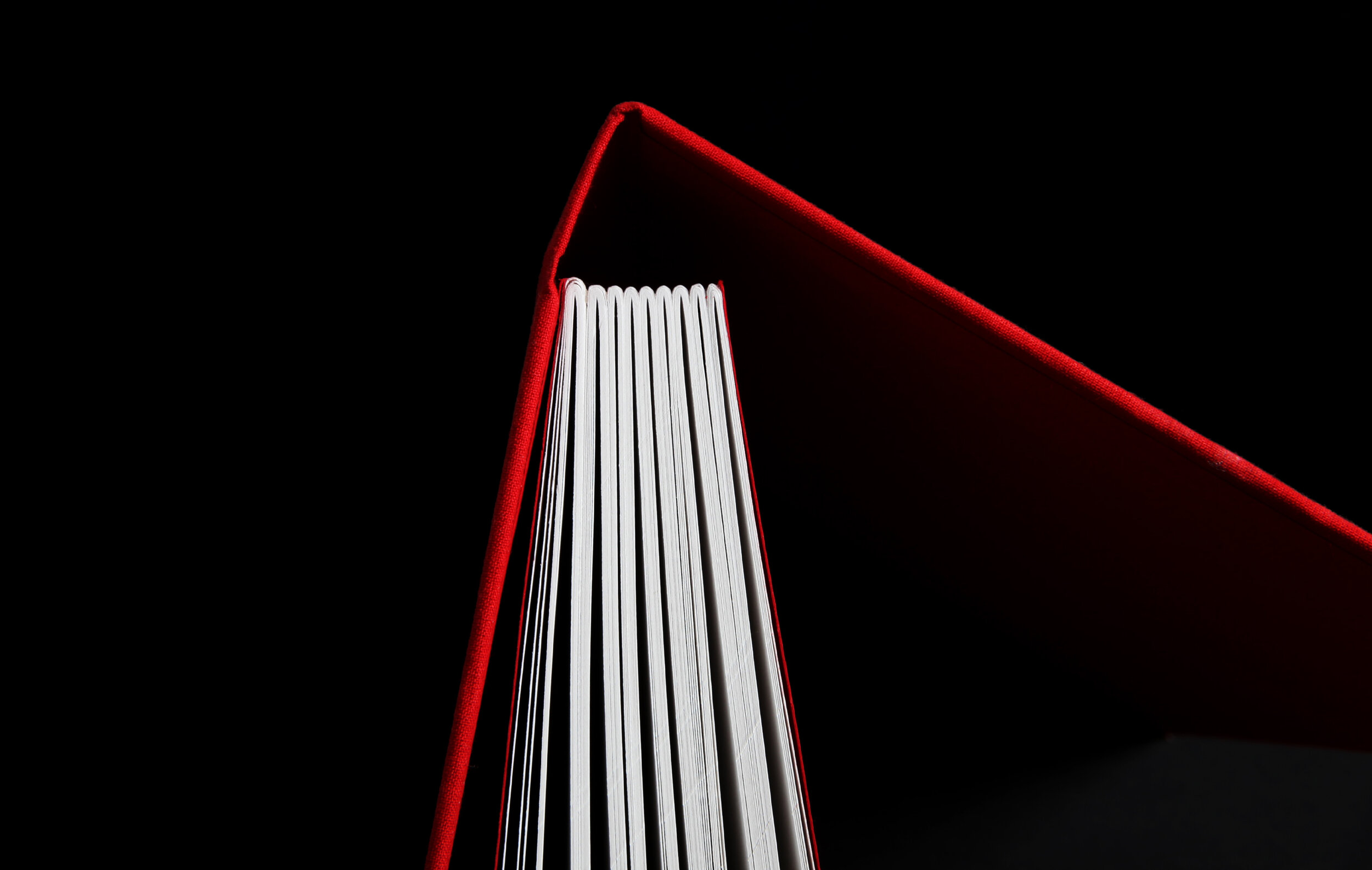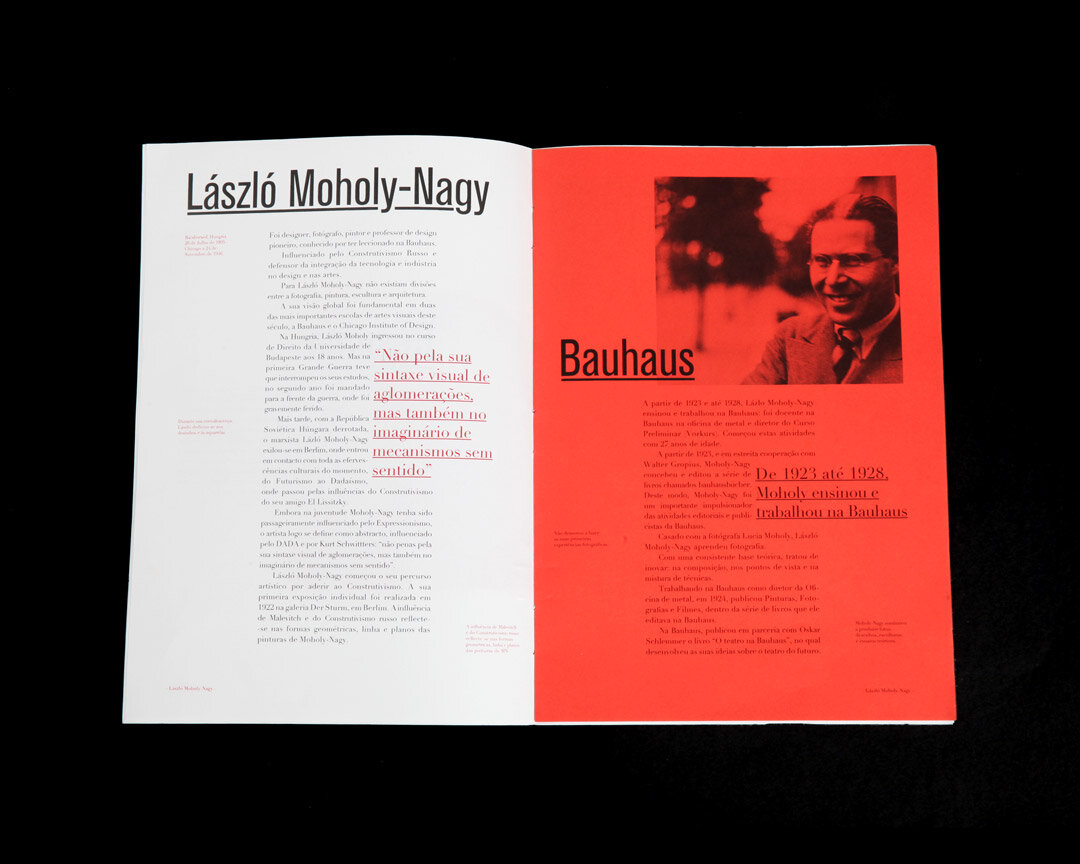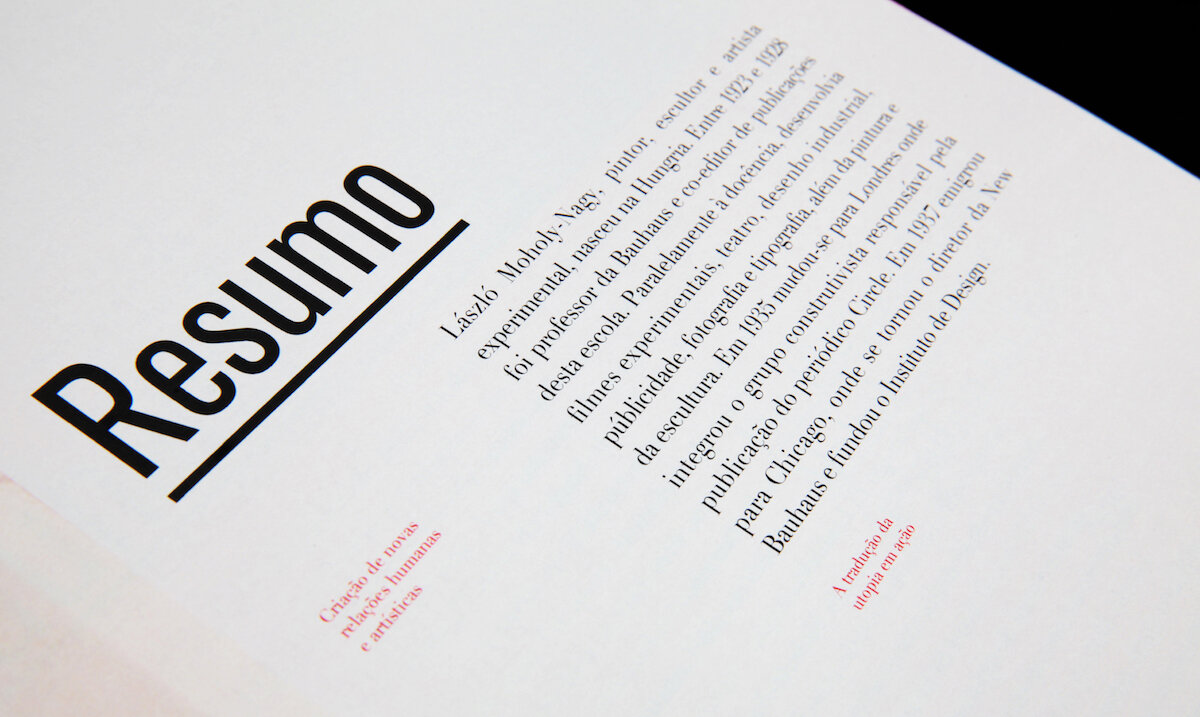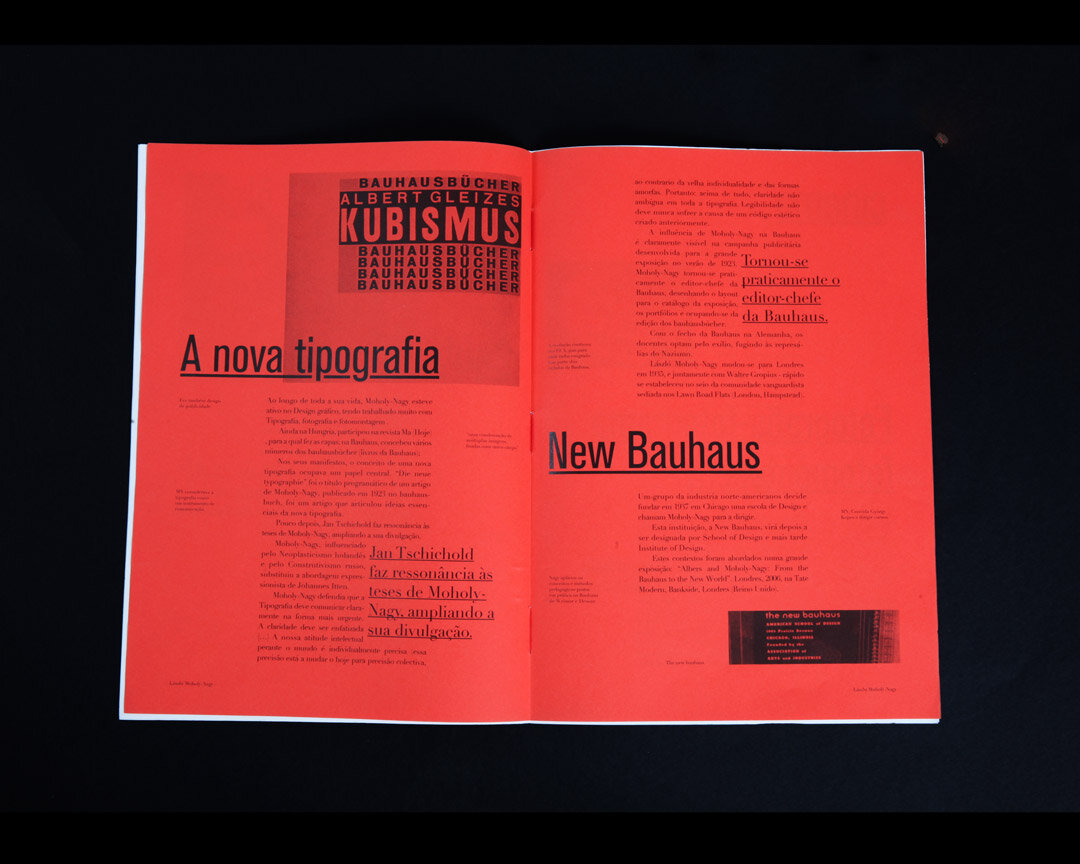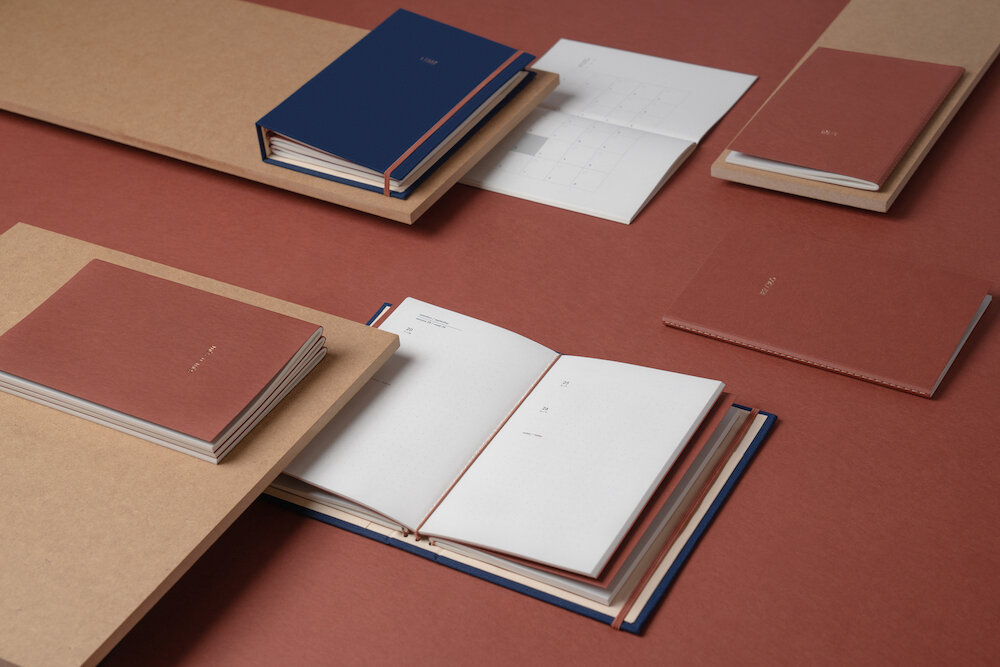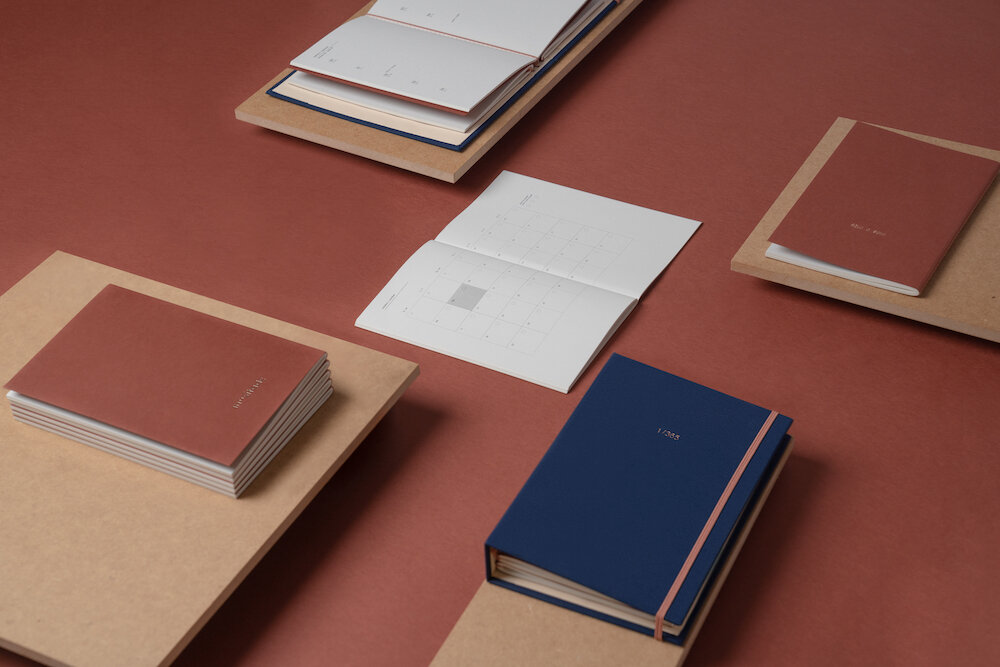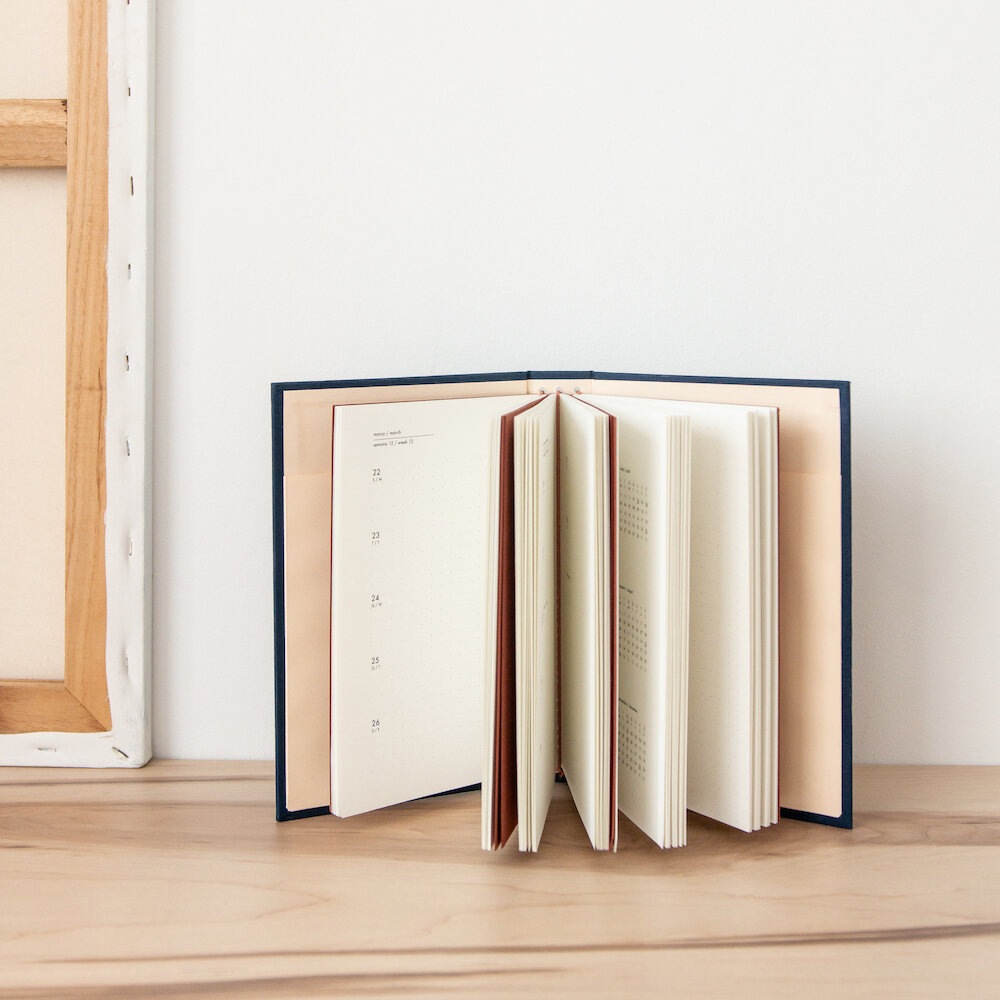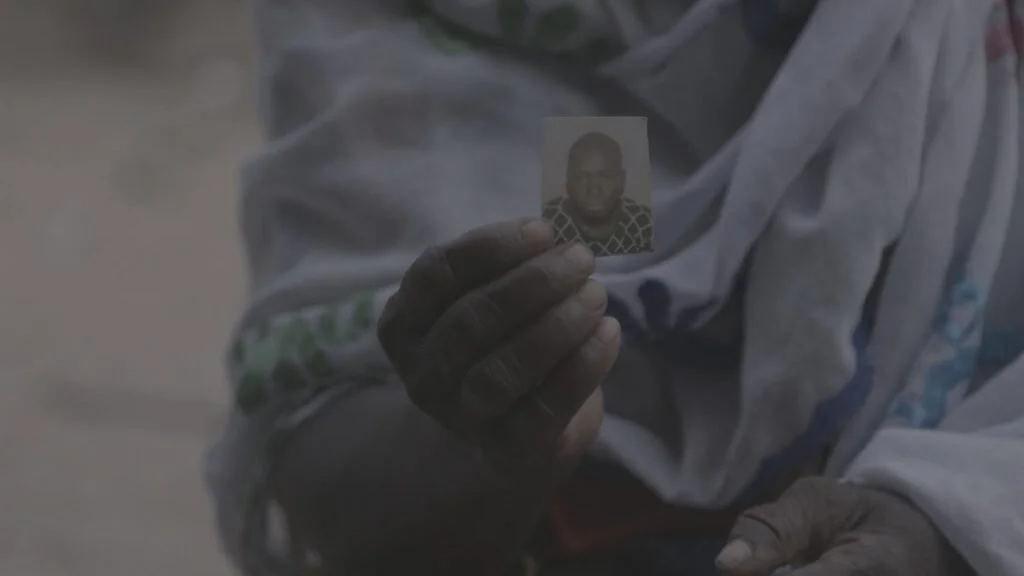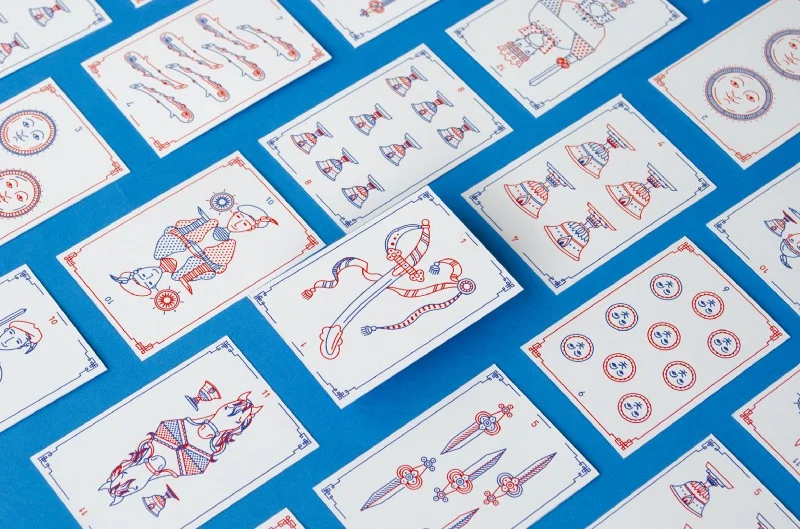Print, Digital, and Anything In Between
An Interview with Ana Brandão
Ana Brandão is a Portuguese graphic designer, the co-founder of the stationery brand and creative studio Inusitado. Ana loves working and experimenting with paper, but she doesn’t have a preference when it comes to analogue and digital techniques. She’s keen on exploring and taking on new challenges. I asked Ana about the current pandemic, her studies, freelance work, some projects she’s shared online, and her plans.
We’ve been more than nine months into the pandemic. How are you holding up? How has COVID-19 affected your life and work?
We are going through a difficult period. Many companies are experiencing significant budget cuts. Unfortunately, graphic design – with other creative areas – is the first to suffer cuts. Although this situation worries me, I am optimistic about the future. I think this mentality will gradually change. The moments of crisis always create opportunities to reinforce the importance of creativity and highlight the contribution it can make.
Ana Brandão
Now let’s go back in time a little… While some people grew up knowing exactly what they want to do in life, others experiment with a few things before settling on something. What drew you to the world of design?
My interest in design was not immediate. It grew with me. I started taking painting lessons as a twelve-year-old. I think it was then that my interest in the arts started to develop – just as a series of moments dedicated to me and my thoughts – even without visualizing it as a future. I decided only later to embark on a path through the field of design. Now I can see that both design and the arts were present in my life from an early age: I was always driven by enthusiasm to create something new. In design, I’ve found the constant challenge of creating, and overcoming myself.
You’ve studied design at the Polytechnic Institute of Portalegre and the University of Porto. Schools don’t always prepare students for work, or life for that matter. What are your experiences? Is there anything you wish you had learnt in school, considering your freelance career in particular?
At the Polytechnic Institute of Portalegre, I studied Communication Design, and later I pursued a master’s programme in Graphic Design and Editorial Projects at the Faculty of Fine Arts of Porto. I’d say the Polytechnic is a good school. It helped me understand what areas of communication design really interested and motivated me. As soon as I finished the programme, I knew I had to specialize in graphic design and editorial projects. Without a doubt, the next stop had to be the Faculty of Fine Arts of Porto to continue my studies. There I learnt about the key moments in and the pioneers of Portuguese graphic design – among other things. Although my academic experience was very positive, I feel that the practical side of the profession was not properly taken into consideration. In particular, we did not learn how to make a budget or calculate our value. Those are fundamental to working as a freelancer. Expectation management and customer management should also be addressed more comprehensively in academic settings.
What are some of the challenges and opportunities you and designers from your generation in Portugal have?
The challenges are constant. A lot of people, businesses and potential clients still overlook the value of graphic design. They don’t see all of its potentials. Demonstrating the importance of it is a major challenge we have to tackle as an opportunity in order to prove its enormous value.
You’ve also studied motion design, which could offer great career prospects as motion designers are in high demand right now. What advice would you give to those currently trying to figure out what design path to take? Do you think it is better to specialize in a few things or choose a niche and become an expert in that?
The motion design training was born out of interest and the need to complement my knowledge. In a world that gets more digitalized, motion design turns out to be an important tool in communication. The best way is always to discover what really motivates us. We will always face some difficulties, so if it really is a passion, it becomes much easier to overcome them and find ways that actually work. Inevitably, after realizing what motivates us, we will end up being experts in that area.
On your Behance profile, you introduce yourself as someone passionate about branding and editorial design. What do you love the most about branding, books and editorial design?
Editorial design is a passion of mine. It is a game between form and content, an area that encompasses everything, such as typography, grid, rhythm, illustration, photography, paper, finishes, etc. I have always liked the physical object. The tangible where we can feel the texture of the paper and the results of printing on various surfaces or smell the ink. When it comes to the creation of graphic identities, those have to convey the DNA of the brand. Getting to the core of brand concepts is what fascinates me.
You’re also keen on working with analogue (traditional) techniques. Why do you prefer analogue to digital?
The analogue has some limitations that are very interesting to explore: the imperfection that comes with it or some specific methods that can lead to curious and effective outcomes. But it is not a matter of preference. Analogue and digital coexist and complement each other. I find mixing traditional and digital techniques the most interesting – to get the best out of both.
Is there a certain technique, type of work, topic or something else design-related you really want to try but haven’t had the opportunity to explore it yet?
There are many projects I’d like to accomplish and things I’d like to experience. In the short term, I would like to have the opportunity to collaborate with brands in the wine sector – to develop labels and packaging designs. In addition to considering typography and the selection of finishes and materials, it is essential to build a narrative you then communicate through the design you’ve created. Even so, more than a specific project, what I’m most excited about is the development and application of concepts.
One of your editorial projects celebrates the work of artist and theorist László Moholy-Nagy, also known for his involvement in the Bauhaus. How did you develop the project?
It was an academic project. The challenge was to create two books about two antagonistic characters and introduce them through an artefact. I decided to present László Moholy-Nagy and David Carson. I chose László Moholy-Nagy as he was one of the main drivers in the Bauhaus movement and its editorial activity, which is still a benchmark in graphic design. And I chose David Carson for his freedom in typographic choices disconnected from all rules of graphic arrangements with great visual impact. The project started with research, and inspiration from these two designers.
Based on the projects presented online, it seems you often opt for monochrome and/or use only a few colours. How do you decide on the colour palettes?
The use of monochrome or a reduced colour palette comes from a graphic choice that makes sense for the project in question. It is not a graphic style I try to incorporate in the projects I work on. Often, if the end products are printed, the budget also influences these choices.
And how do you usually work on a project?
It always starts with a briefing. If the client doesn’t provide a brief or set up a meeting for briefing, I find a way and make it happen. After that, I start researching the theme to learn about the context, and then I shift my focus to defining and developing the concept. Then come several trials and errors until the work is done. The process and the steps taken depend a lot on the project itself.
You’re also the co-founder of Inusitado. How did it come about and what kind of projects do you do?
Besides being a creative studio, Inusitado is a Portuguese stationery brand that explores the relationship between paper and design. I co-founded it with Joana Bernardo in Porto in 2017. It has emerged from the need to slow down the pace and create favourable moments for that. We are passionate about the publishing world and all of its aspects, and stationery items ignite our curiosity and offer us plenty of opportunities to work with. Combined with a concern for form and functionality, we appreciate tradition and our origins – we explore innovation and tradition simultaneously. We believe in and value traditional binding techniques and work with artisans to produce our products. We oversee the entire process, from creation to materialization. It is a type of fusion between memory and present. The material is carefully selected for each product to create a sensory experience in a sustainable way.
What are you working on right now?
I am currently developing a project that has proved to be very challenging, but I can’t say much about it because it hasn’t been completed yet. What I can say is that it is the development of a visual identity, label and packaging design for a new food brand that is about to hit the market. It has been challenging for two reasons: due to its size and because it provides me with the opportunity to take ownership of the creative process without major limitations and the feeling that I am making an important contribution to the launch of a new brand.
What are your plans?
I’d like to dedicate myself, full-time, to our studio. I’m eager to continue to explore the relationship between design, processes and audience experiences – through paper. In parallel with this, I’d like to work with people who value design and want to positively contribute to the world through their work.


